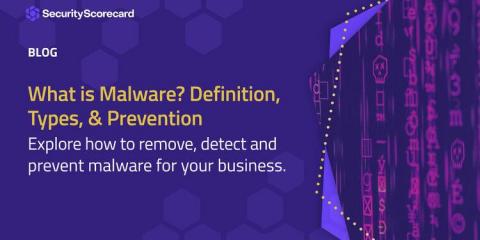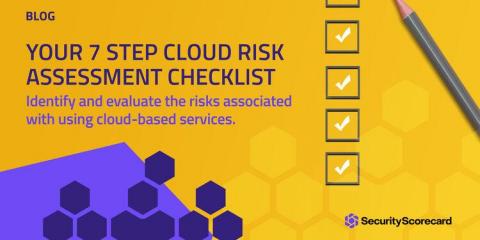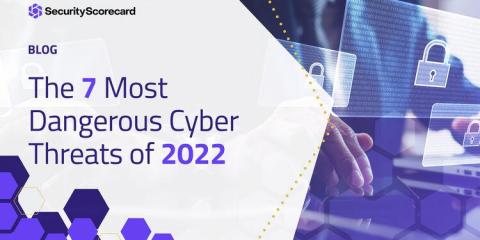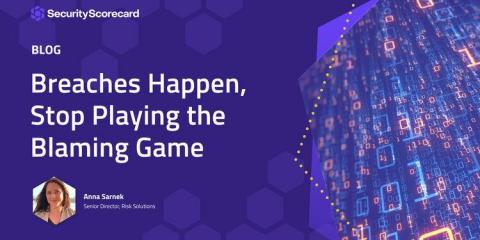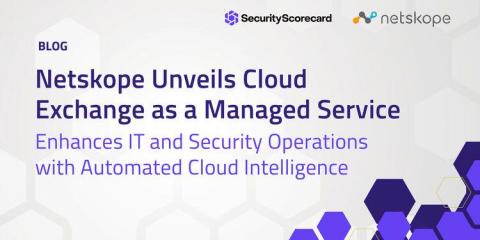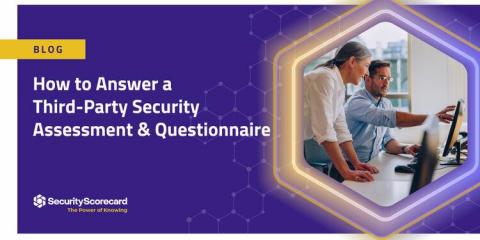The Darker than Usual Side of Cybercrime
Whether or not you believe in omens and superstition , Friday the 13th is a day of infamy. To celebrate—if that’s a thing—let’s look at some creepy cyber incidents that will have your skin crawling in good old Friday the 13th fashion.



